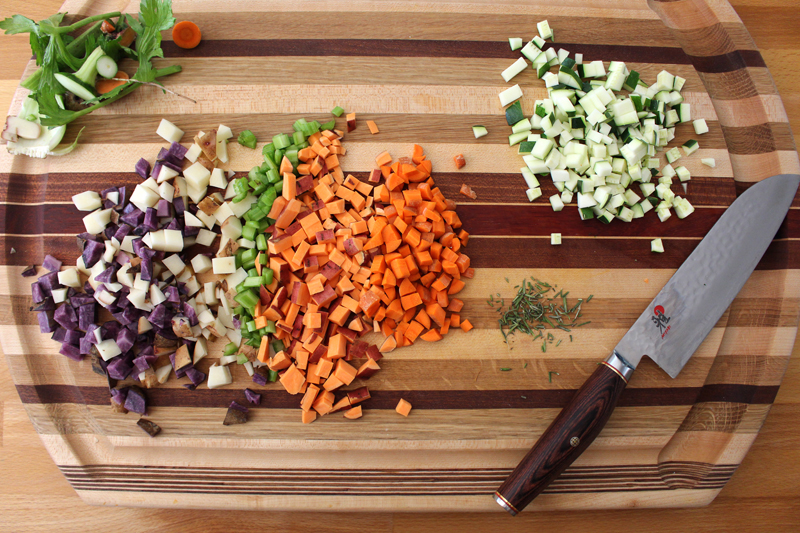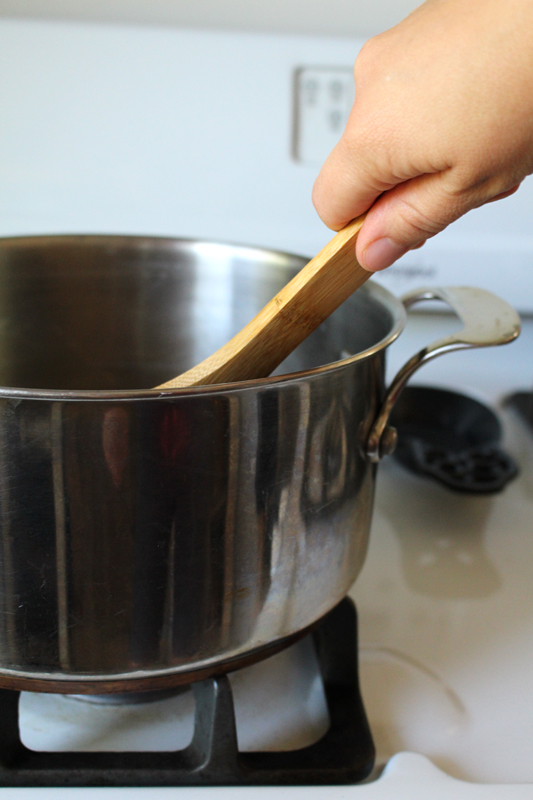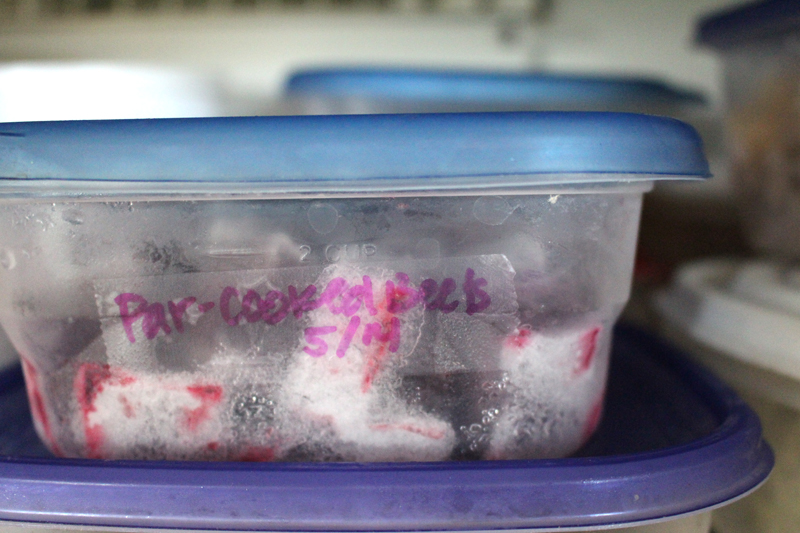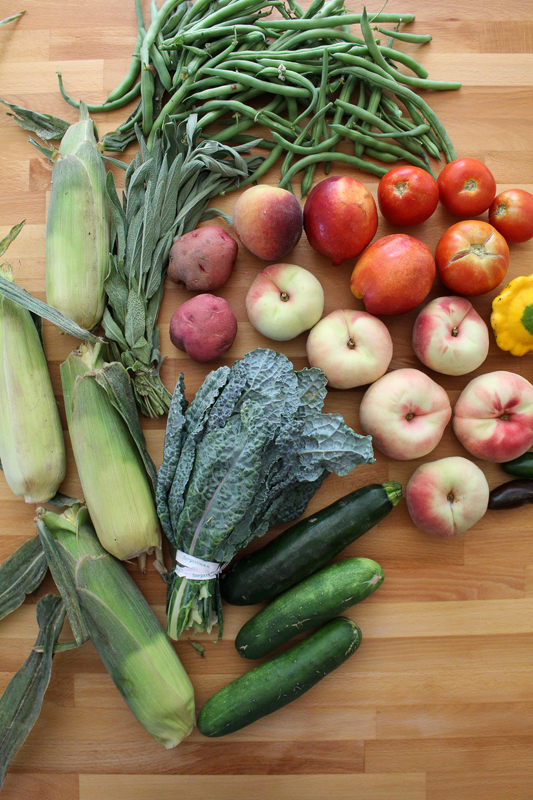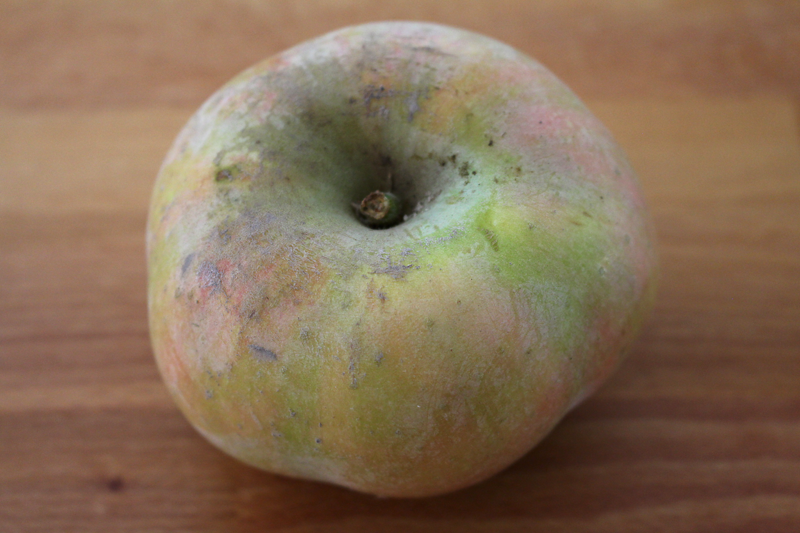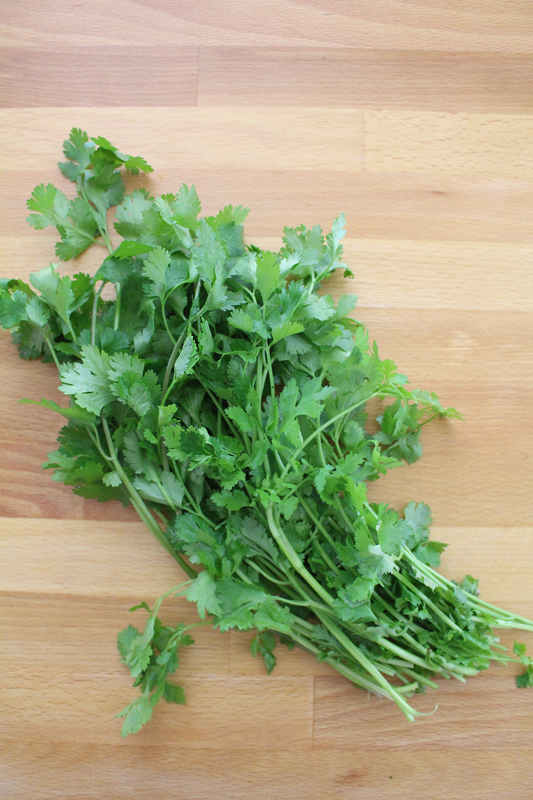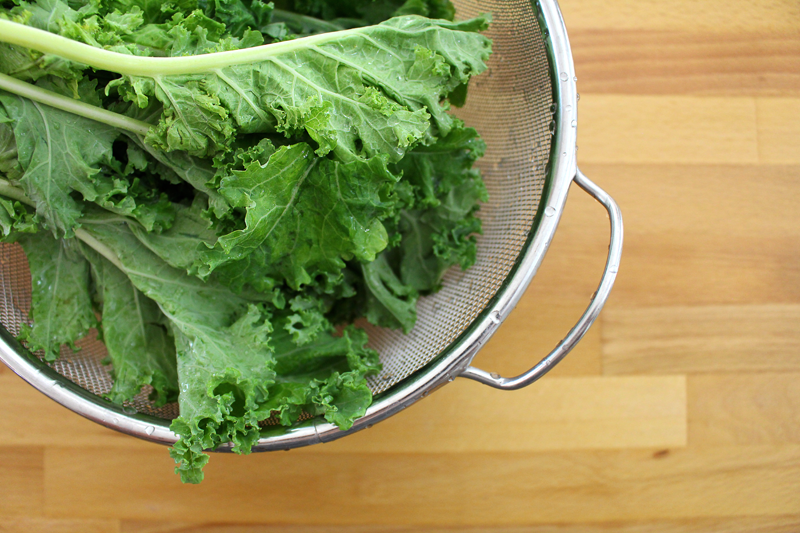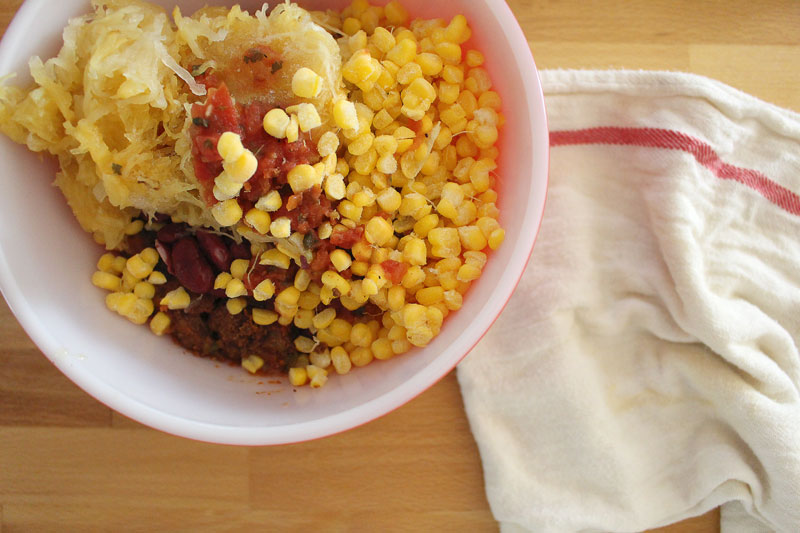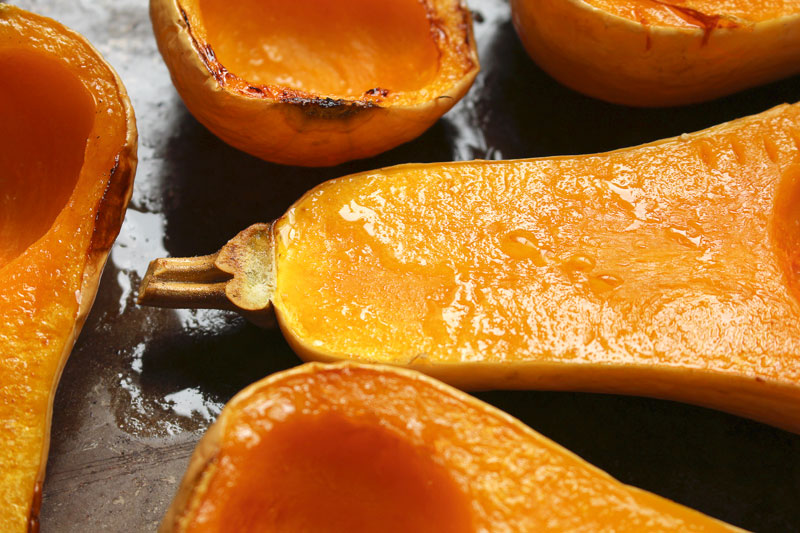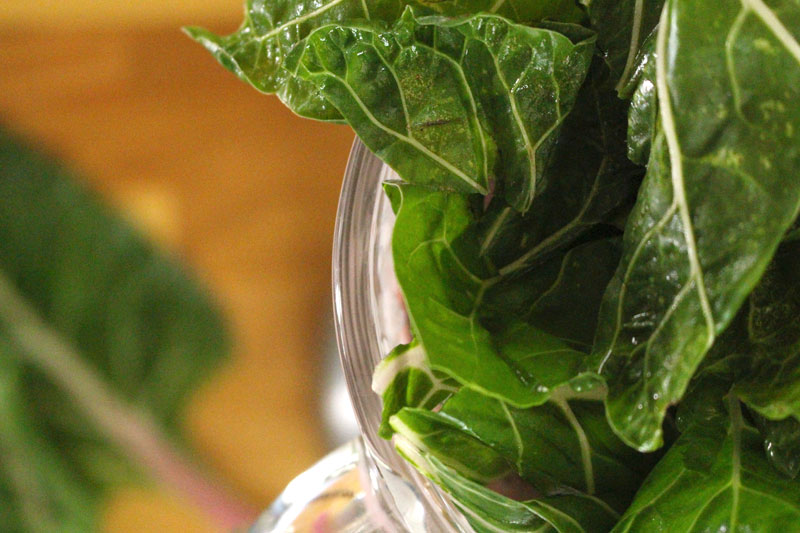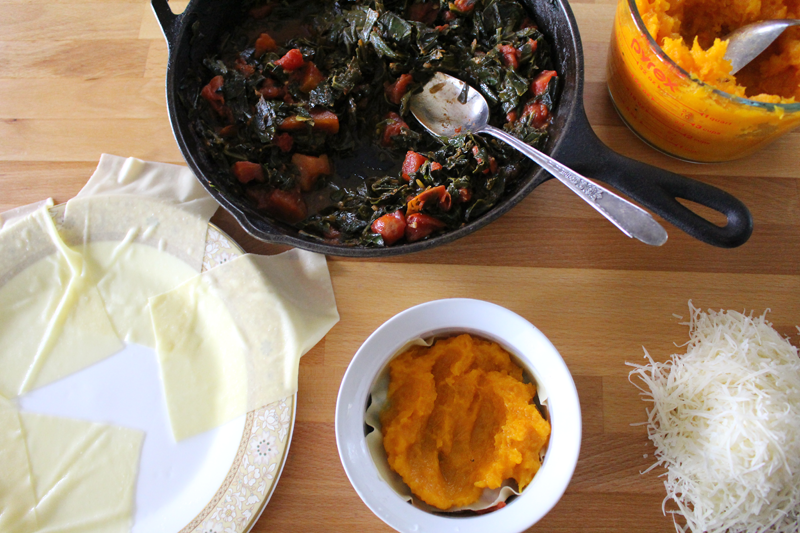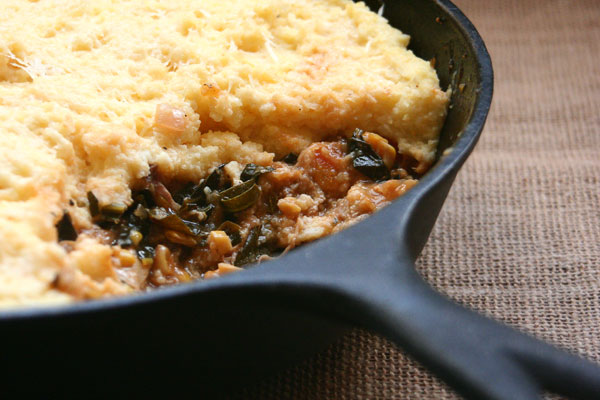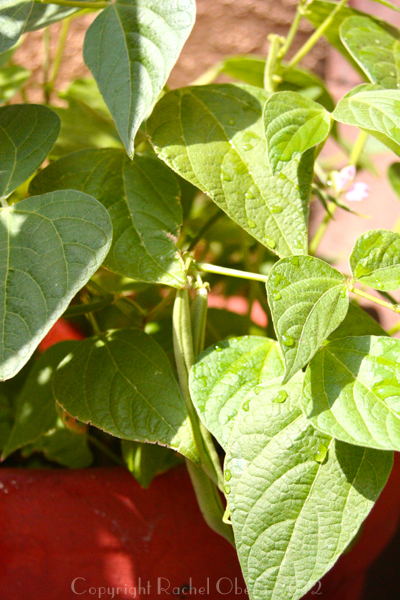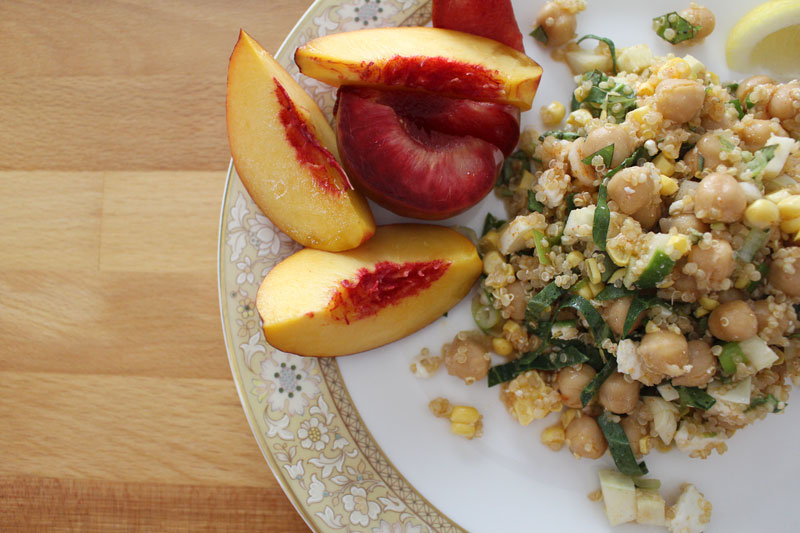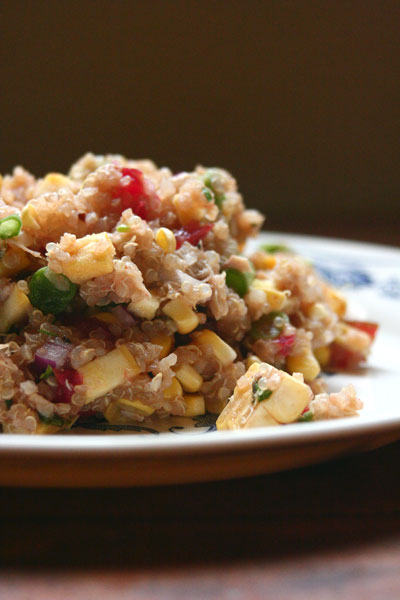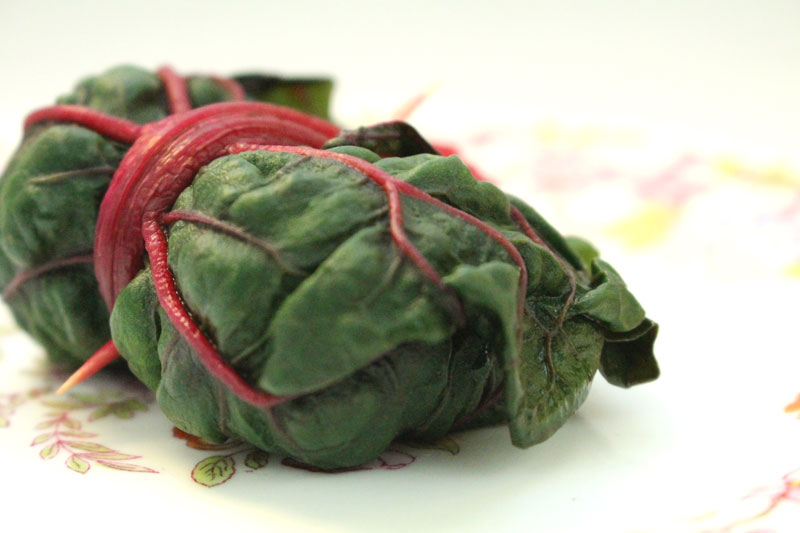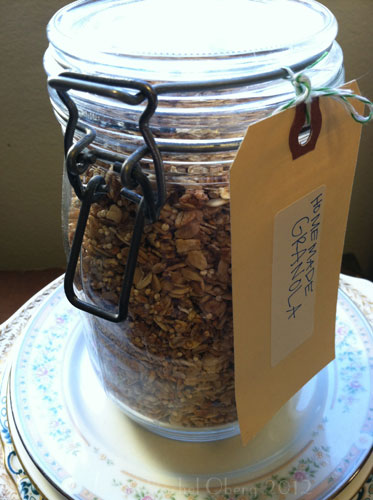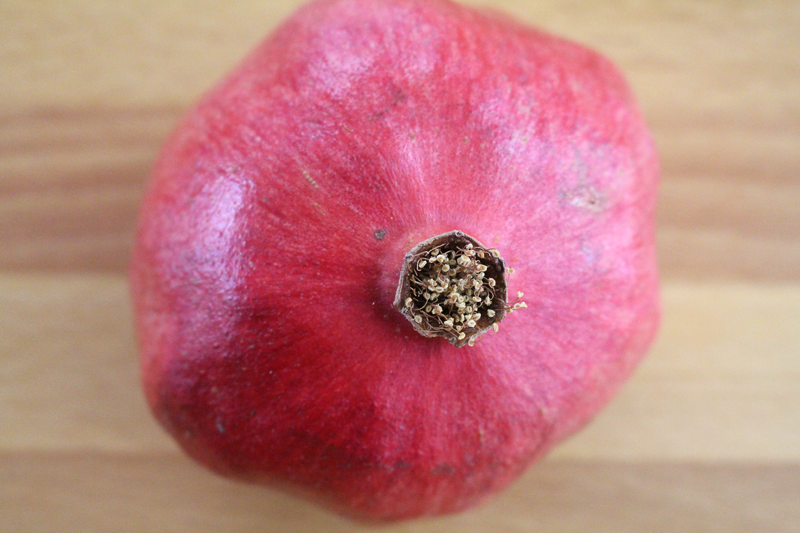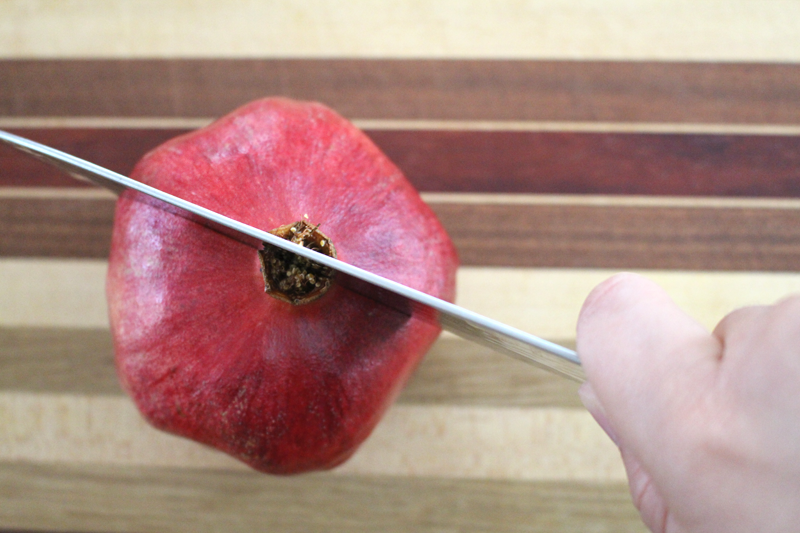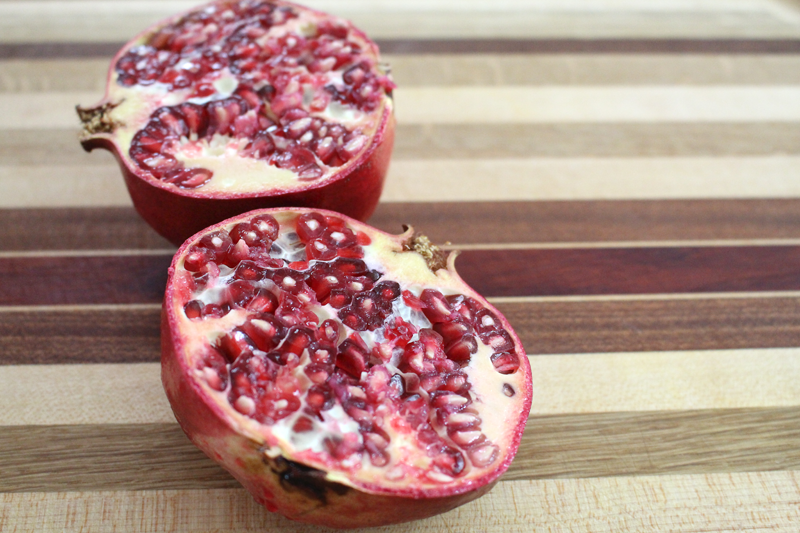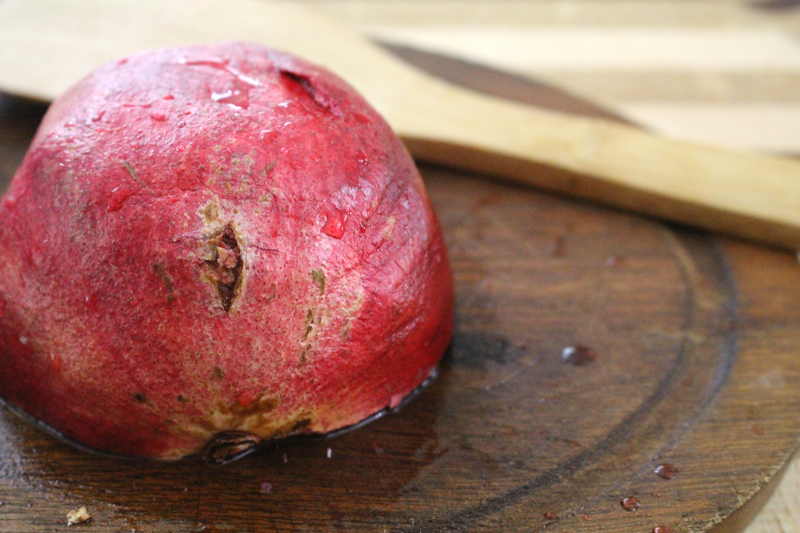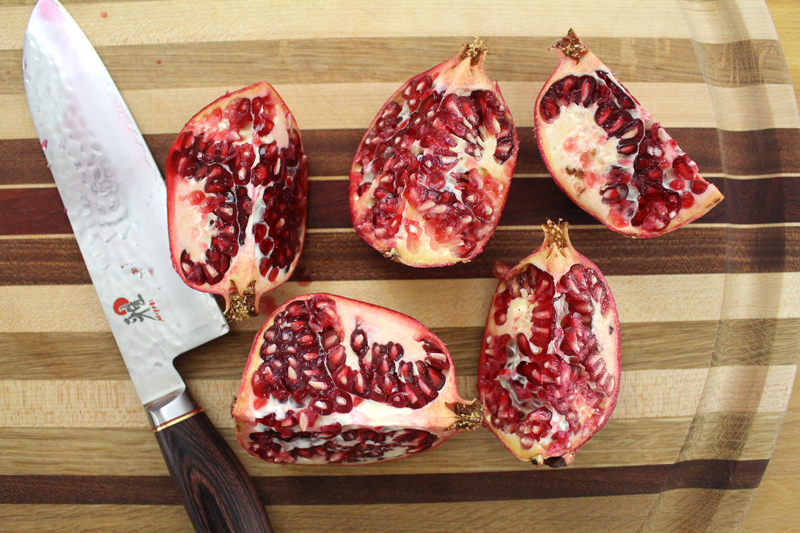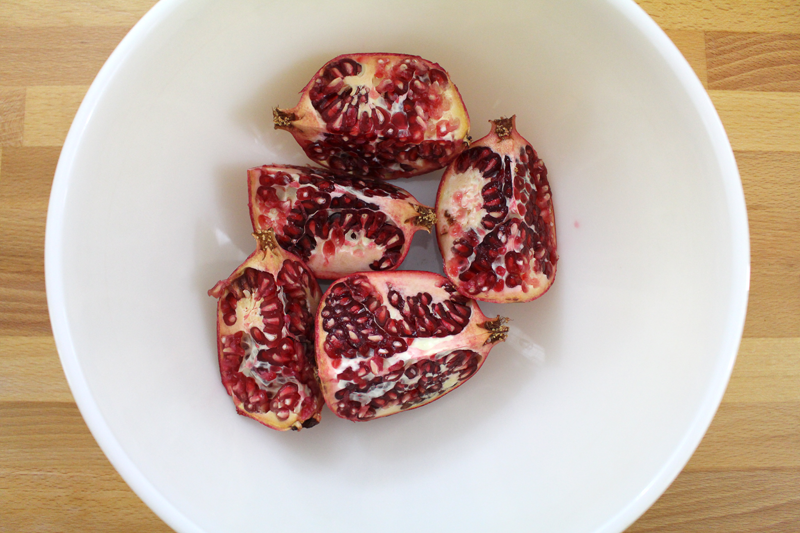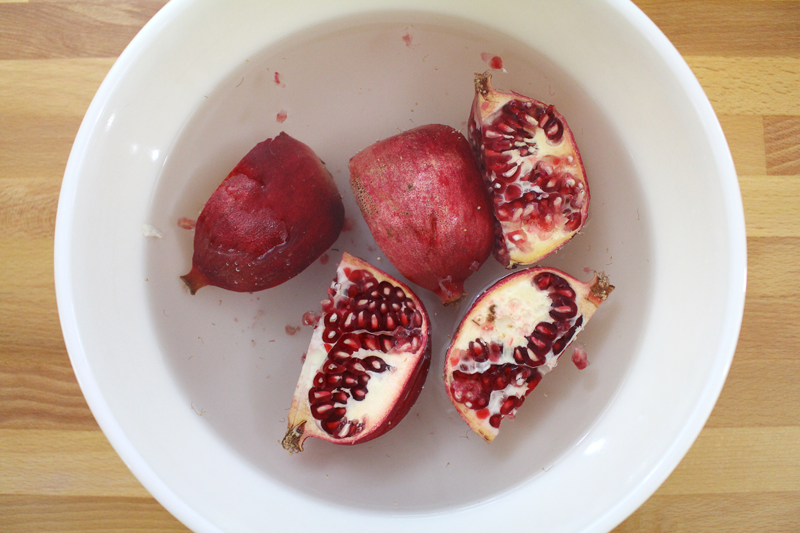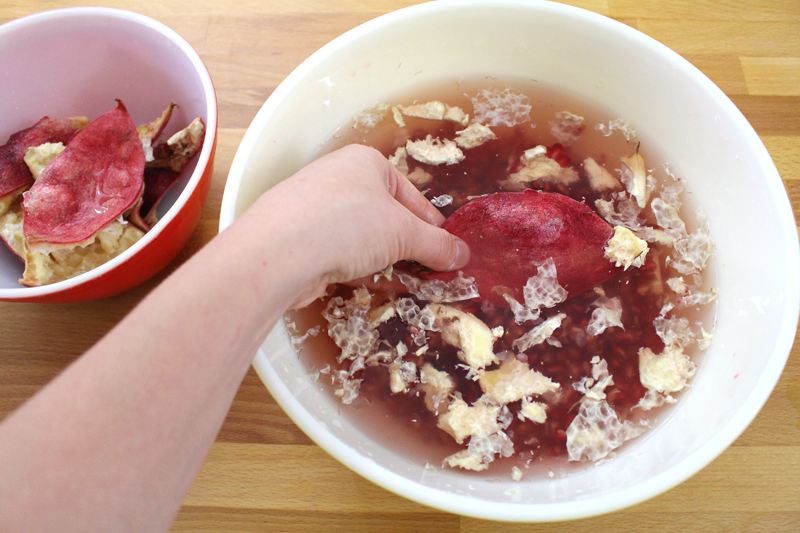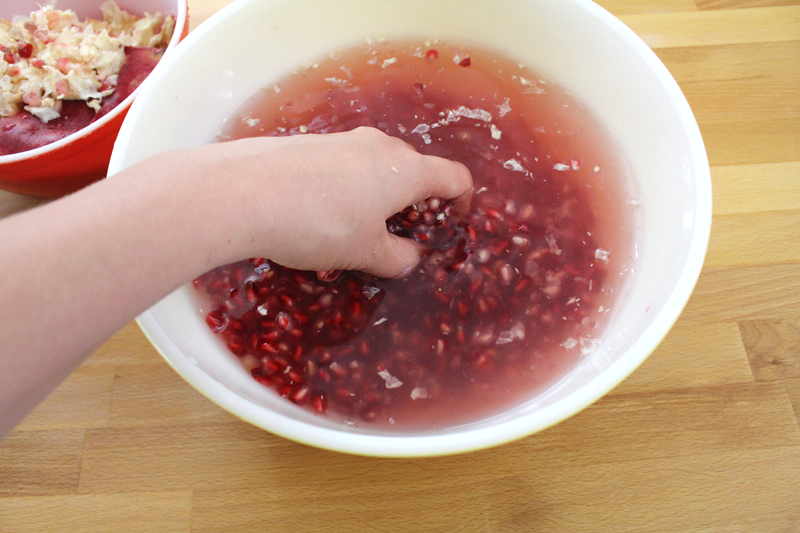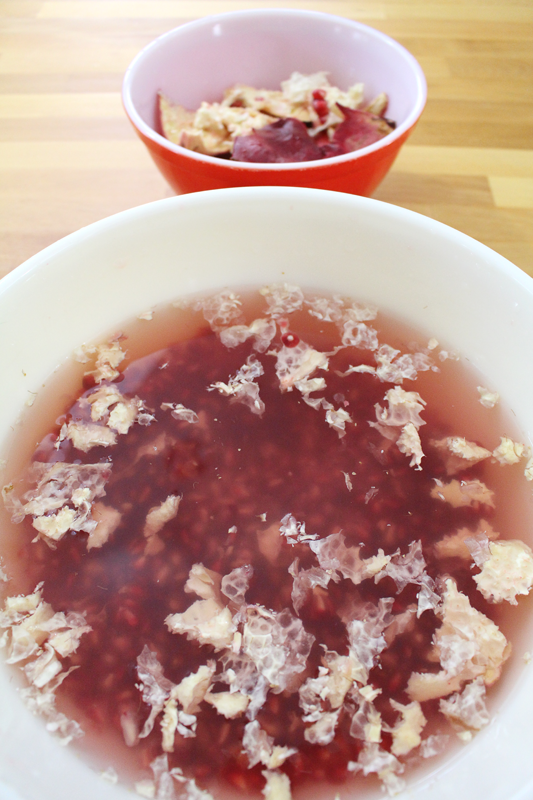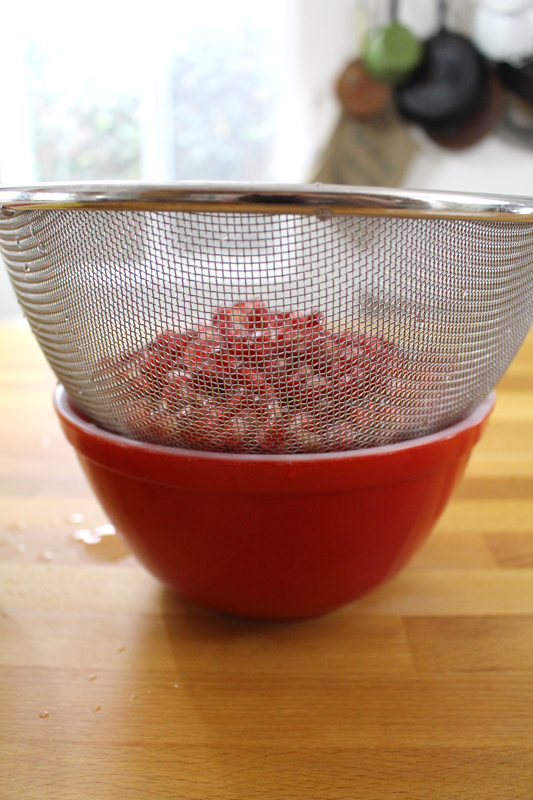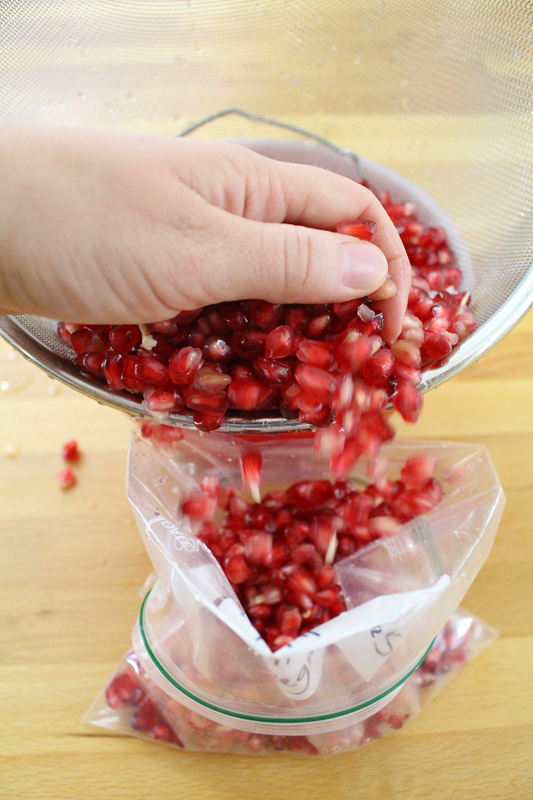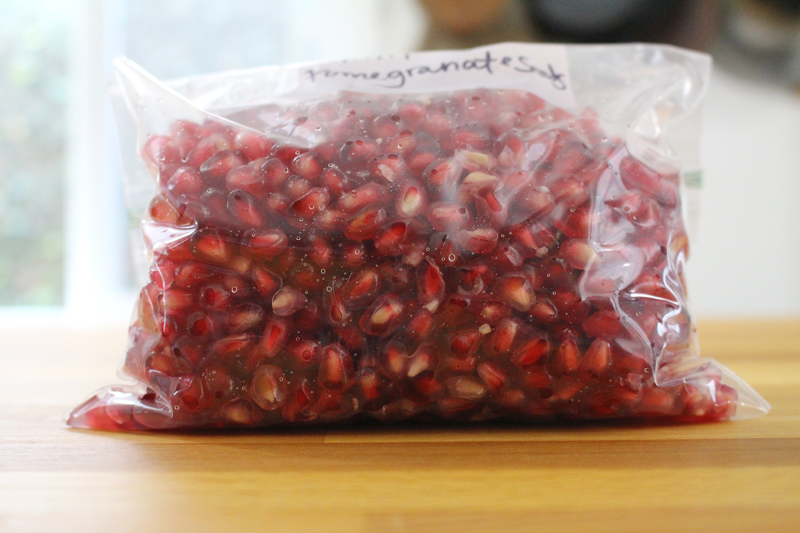How to Multitask in the Kitchen
Written by Rachel, Posted in How To, Thoughts
You’re working on dinner. You’ve got two pots on the stove and something in the oven. Never mind that someone probably needs your attention, the dog needs to be walked, and there are dishes in the sink. Sound familiar? All of those things might not apply to you, but maybe at least one does…
I have some tips.
First of all, those precious individuals that need your attention – send them out to walk the dog. All of them. Together. You’re welcome.
Second, your dinner. Let’s figure this out.
I’m a big fan of one dish dinners. But, they’re not always possible. So here’s what I like to do (or should do – ahem, see point #1 below) to avoid burned or mushy rice, stuck on polenta, and too crispy asparagus.
1. Read the Recipe from Start to Finish Before You Chop a Single Thing
This is essential no matter how many things you’re cooking. How many times have I found myself partway through a recipe wishing that I’d known then what I do now, so that I could re-create the recipe the way it was intended. Learn from my mistakes. Read the recipe. Since you’ve read it through, you’ll know if there are any ingredients that need to come to room temperature. Get those out.
2. Make a List
Since you’ve read the recipe, you know what needs to happen. I really love to make lists. They help me to not only feel like I’ve accomplished something, but to get things done in an orderly fashion. Take what you learned in each recipe and combine them into one list. Just bullet points, leave the descriptions in the recipe. Add the amount of time each will take, so you know how much time you will have if you’re planning to, for example, sauté some onions while the pasta cooks.
3. Do Your Mis En Place (a fancy way to say prep your ingredients)
You’ve read the recipe. You have a list of what you’re doing and when. Now it’s time to get out your ingredients and prep them. That way you will have them at your fingertips and the times on your list will be accurate. For things like Stir Fry this is essential. It cooks so quickly that if everything isn’t chopped ahead of time you’ll end up with burned carrots and raw squash. And that rice that you were going to serve with it will be raw if you didn’t start it with plenty of time. Yuck. No good. Let’s avoid that.
4. Pay Attention/Go with the Flow
You’re cooking. Everything smells great. The garlic just hit the hot skillet and the aroma is tantalizing. But then you panic as you realize that the pasta is done. If you leave it, it will over cook. If you neglect the garlic it will burn.
Take a breath.
Working quickly (but not in a panic), turn off the heat to the garlic pan, move it to a cold burner, and scoop out the garlic (and whatever else is in the pot) and put it into a bowl. Leave it there and drain the pasta. Rinse the pasta with cold water and toss with a bit of oil. Lay it out on a baking sheet. Return the garlic ingredients to the pot and finish cooking. In this case, slightly undercook the pasta so that when you reheat it in the sauce it will finish cooking.
5. Ask for Help
At any point along the way, if you’re feeling overwhelmed, ask for help, if there’s someone there to lend a hand. It can be as simple as having someone stir the polenta or keep an eye on the roasted veggies. But, if you know that someone’s got it covered, you can give the bolognese sauce your full attention.
6. Make Things Ahead of Time
If you’re on your own for meal prep, try making some elements of your dish ahead of time. Things like beans, rice/quinoa/bulgur wheat, mashed potatoes, and polenta reheat well. Soups often taste better the next day (if it’s a creamy soup, don’t add the milk until the day you serve it so it doesn’t break). As long as things are cooled properly then reheated to a safe temperature, it could be a great time (and sanity) saving option.
I’ve learned a lot over the years, much by trial and error, and I have so much left to know. Do you have any tips/suggestions/tricks to successfully cooking multiple things at once? Do share!


